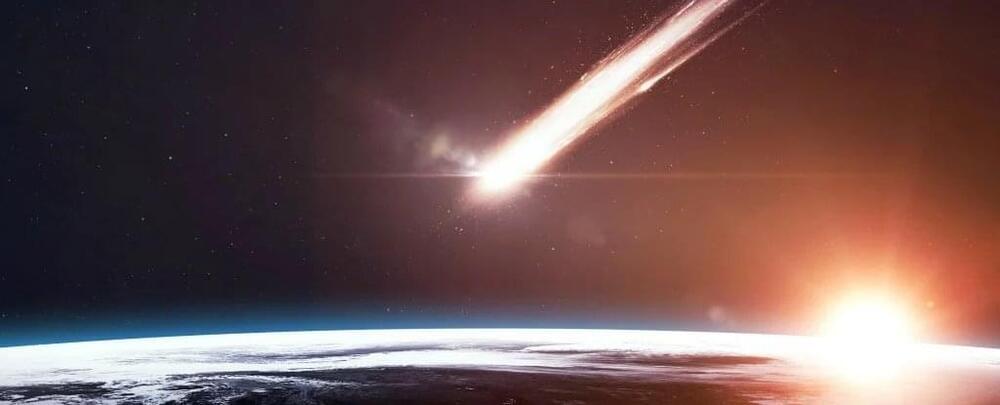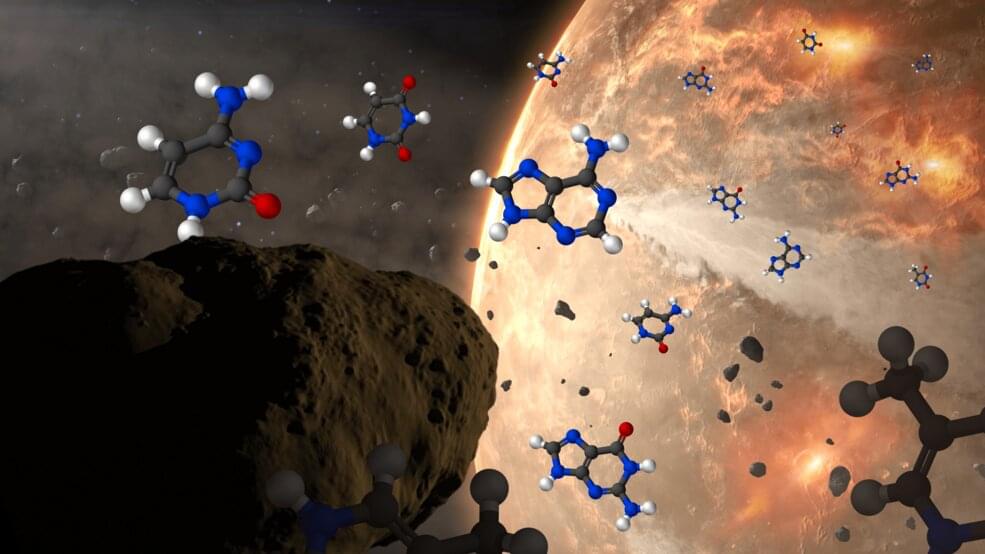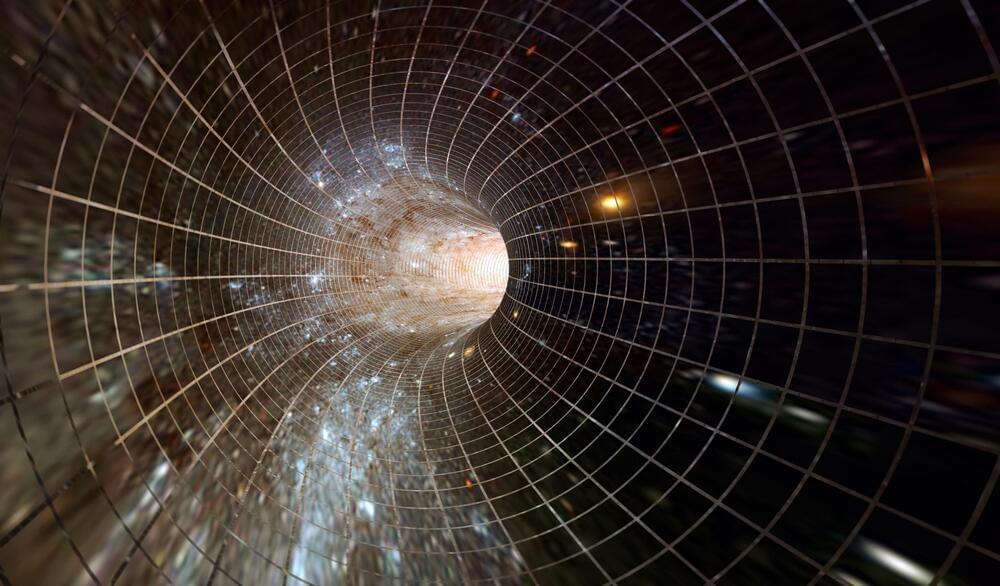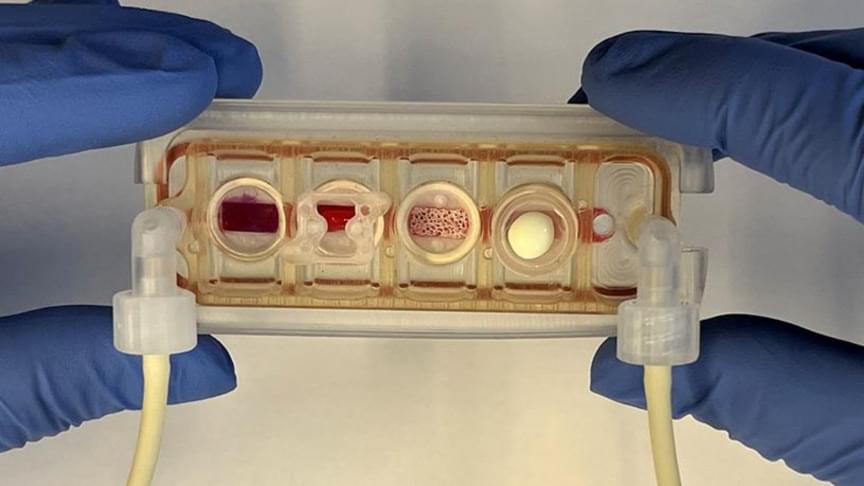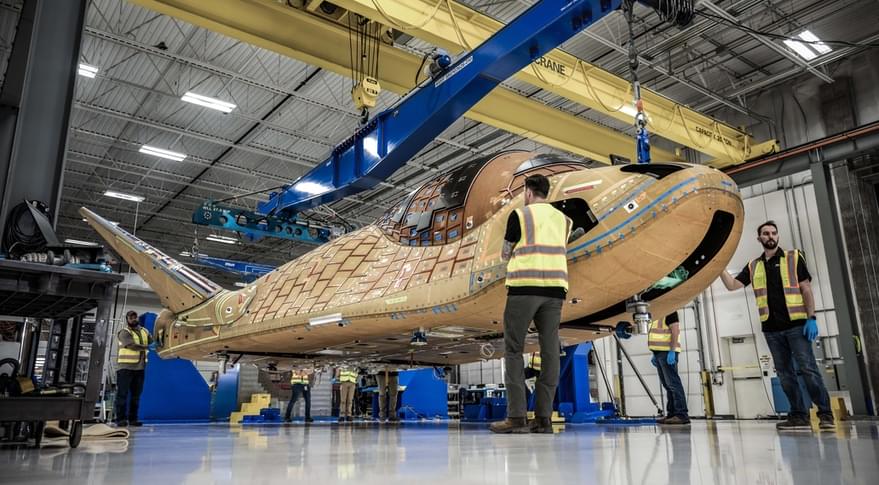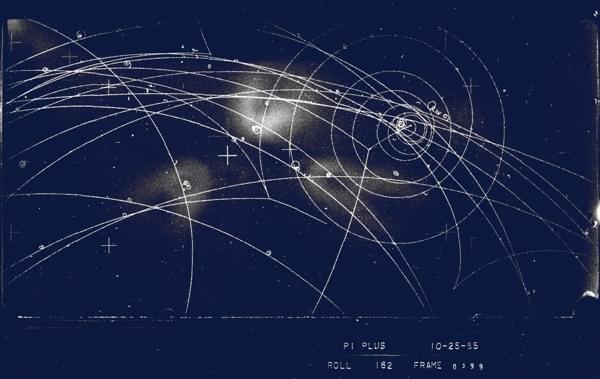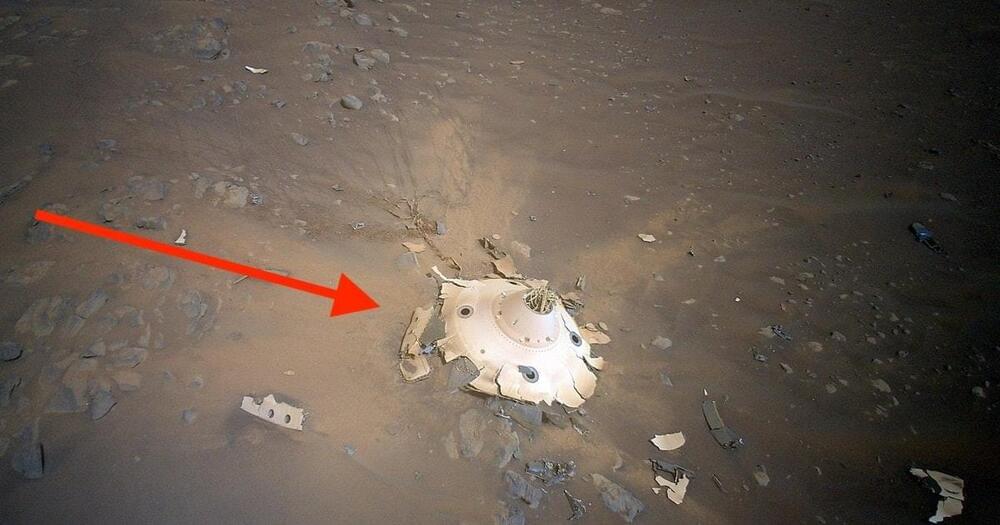May 2, 2022
We Have Even More Evidence Life’s Building Blocks Came to Earth From Space
Posted by Quinn Sena in category: biotech/medical
We still don’t know just how the first life emerged on Earth. One suggestion is that the building blocks arrived here from space; now, a new study of several carbon-rich meteorites has added weight to this idea.
Using new, extremely sensitive analysis techniques for these meteorites, a team led by scientists from Hokkaido University in Japan detected organic compounds that form the very backbone of the nucleic acid molecules common to all life as we know it – DNA and RNA.
The researchers analyzed three carbon-rich meteorites: the Murchison meteorite which landed in Australia in 1969, the Murray meteorite which landed in Kentucky in 1950, and the Tagish Lake meteorite which fell to Earth in 2000, landing in British Columbia.
